How to pack your bike for travelling
Whether it’s to get to an organised event, meet a group ride, travel abroad or simply to go in search of some new roads, you’re going to have to travel with your bike from time to time if you want to broaden your cycling horizons
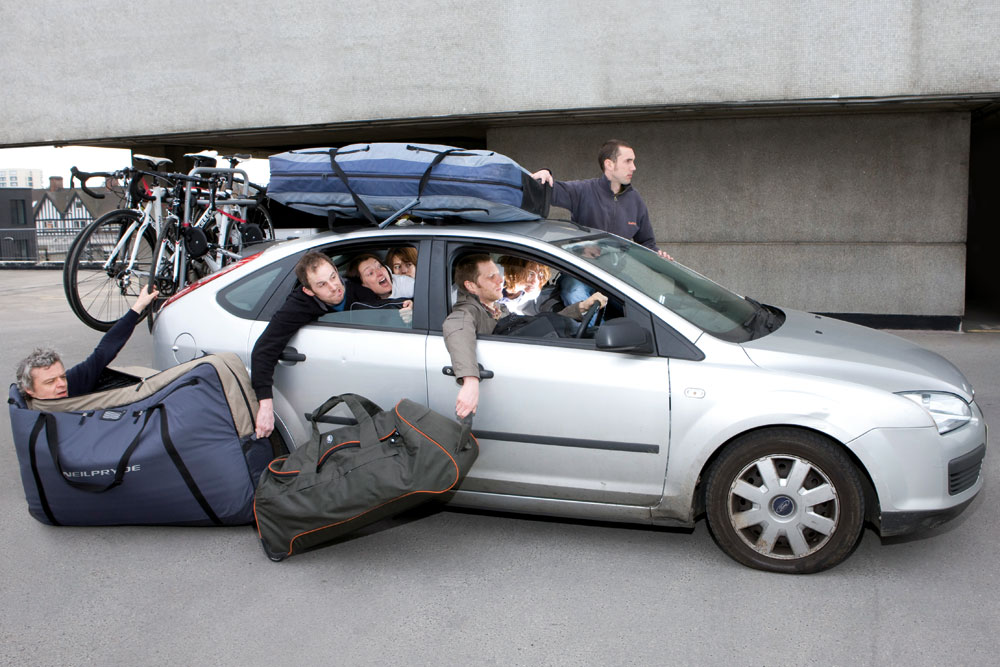
How you travel is dependent on where you’re going and individual circumstances, so we’ve called on our panel of experts to share their wealth of travel experiences and offer advice, covering the most common scenarios.
Whether you’re heading just out of town or to the opposite side of the globe, here are some simple techniques and advice to save you precious time and remove the fuss when travelling with your bike.
Planes
If you’re taking your cycling a step further than usual and heading abroad, you’ll need to consider the best way to pack up your bike. Your local bike shop might be able to help you here, by letting you have a large cardboard bike box and some packaging for free, but better still is to invest in a purpose-built bag or box.
Packing your bike carefully is vital to safeguard it. If you want to rest easy while your pride and joy is at the mercy of the baggage handlers, then follow our guidelines below and it’ll stand the best chance of making it in one piece.
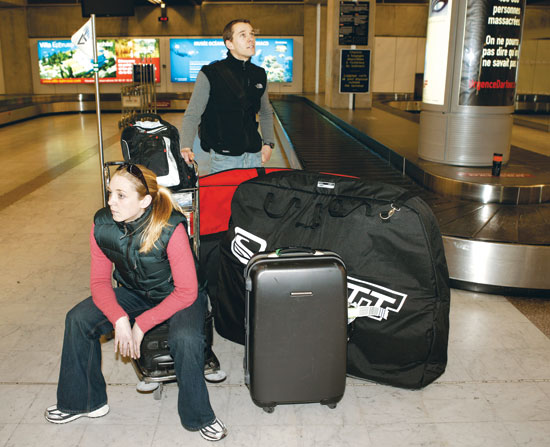
Trains
We’d love to think public transport would be welcoming cyclists with open arms, what with the government’s current keenness to back cycling. But alas, more restrictions seem to be making our lives almost impossible.
This position is made worse by each train company seemingly having its own set of rules on carrying bikes. Some ban them altogether, others restrict them at peak travel periods. Some provide spaces for cycles, and others do not.
We've even heard horror stories of people who have booked their bike a space on a long-distance route, only to be turned away at the gate saying that there's no space or - worse still - that their booking isn't valid.
Thankfully, many train companies will allow folding bikes on trains at any time, but these aren't always the most practical solution for continuing your onward journey...
Check the rules before you travel with the train company or companies involved, and then check them again. Even then, it may come down to the driver or guard's 'discretion' on the day as to whether they'll let you and your bike onboard.
It’s ironic that cyclists are usually left with little choice but to load the bike into the car — the very vehicle the government is trying to reduce in number on our roads. How? by encouraging cycling…
Automobiles
Inside or out?
Most modern cars have rear seats that can be folded flat in the blink of an eye, and that’s great news if you just want to bung a bike in and go. An old blanket or tarpaulin may be all that’s needed, aside from perhaps removing one or both bike wheels. If that’s not an option, then you’ll need to decide on the best way to carry the bike or bikes on the outside.
Bike racks
Carrying your bike on the outside of your car is often less hassle than taking it to pieces and trying to shoehorn it into the boot. Vauxhall even went so far as to offer a bike rack built into the rear bumper as an optional extra on some of its popular Corsa models. Racking your bike can be quick and easy, and means more room inside the car for kit and additional passengers, plus your car’s upholstery is not constantly covered in dirt and oil. It’s a pretty good solution all round (just read Hannah’s story below).
Car racks come in three main types: boot mounted, roof mounted or tow-bar mounted. Each has its respective pros and cons, but on the whole most designs are now very user-friendly regardless of which type you go for. It’s more a question of circumstance; if you’re vertically challenged or need height clearance for a car park etc, then clearly a roof rack is not the best choice. Equally, some cars might not be compatible with boot-mounted racks and you might not have a tow bar, so it’s mostly a question of common sense.
Packing a bike: dos and don'ts
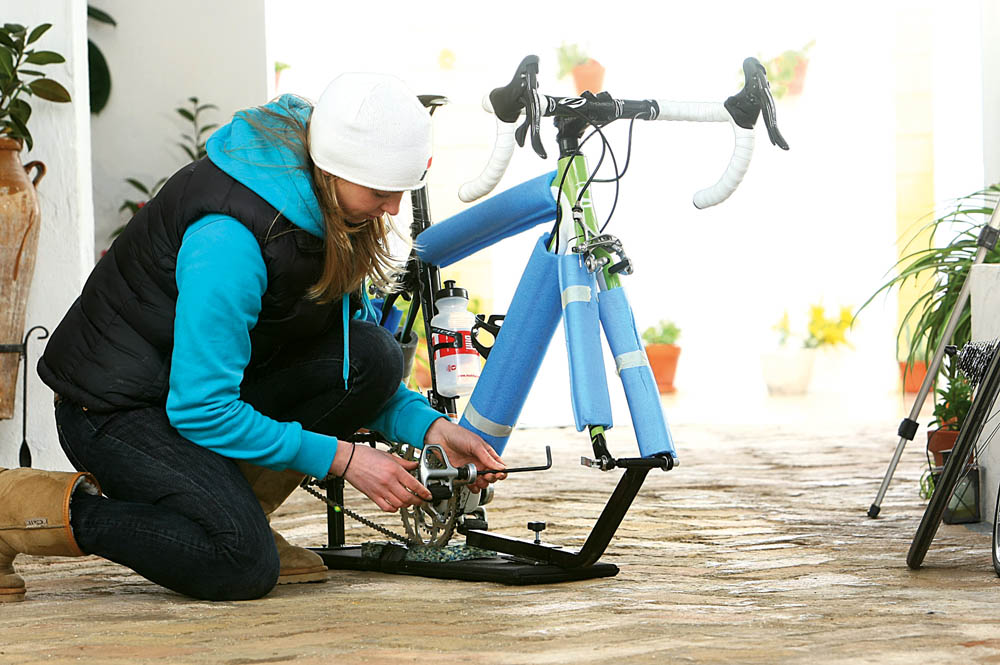
DO get yourself some bubble wrap and pipe lagging
It’s cheap and will make light work of covering up paint and components, shielding them from scratches.
DO protect frame and forks from crushing
With wheels removed, the rear of the frame and the forks are completely unsupported against side loads that can cause crushing. Be sure to use sturdy spacers at both ends. Old hubs or axles are great; failing that, bike shops usually have a hoard of plastic spacers that come with bikes when they are delivered, which you can probably get for free.
DO put wheels in separate padded wheel bags
Take out quick-release skewers, and partially deflate tyres.
DO cover the underside of the chainrings with some durable padding
As they have a tendency to cut through the bottom of the bike bag.
DON’T leave anything sticking out
Components that stick out, such as the rear mech and shift/brake levers, should be either very well protected or better still, removed or tucked well in.
DON’T be tempted to cram everything in super tight
Some room to move is good as long as parts are protected, because it may prevent things getting bent or damaged if the bag gets a whack.
DON’T forget to mark your saddle and handlebar position before you remove them
It will make reassembling your bike at the other end of the journey so much easier.
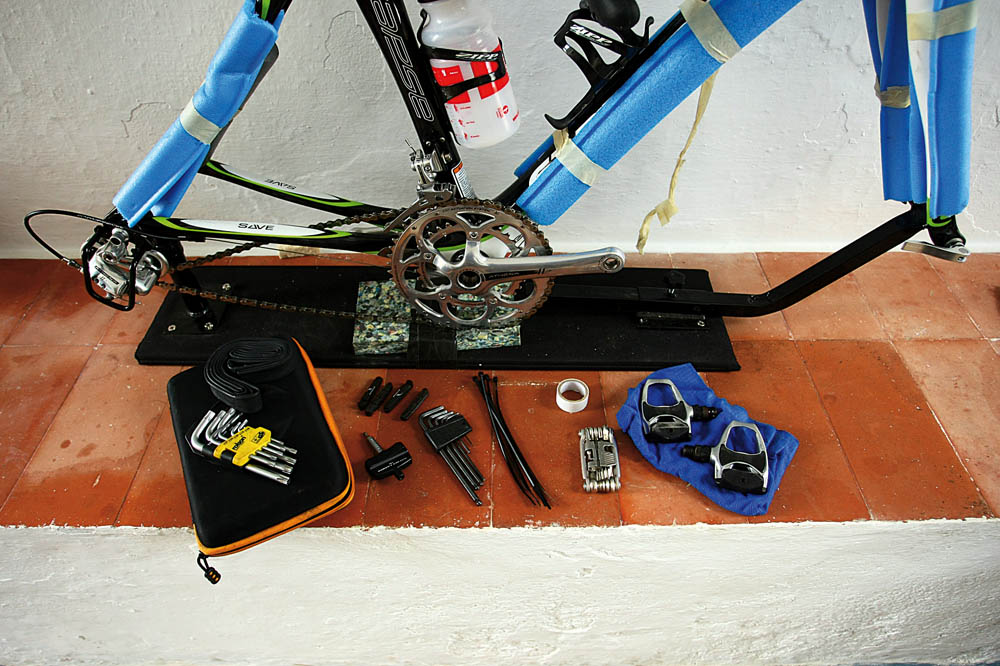
Things to consider
Roof
PROS
Bikes out of way, full access to car boot maintained.
Usually incorporates locking mechanism to keep bikes
secure if vehicle
left unattended.
CONS
Added fuel consumption due to additional aerodynamic drag.
May be hard
to reach on
taller vehicles.
Especially awkward with heavy bikes.
Boot
PROS
Bikes tucked
neatly behind car, so almost no
effect on vehicle fuel economy.
Non permanent, easy to fit and remove from car as and when required.
Lightweight
and often
cheapest option.
CONS
Badly-fitted racks can be hazardous.
Danger of bikes and/or car getting scratched if sufficient care
not taken.
Usually requires an additional light/number plate board to be legal.
Tow bar
PROS
Usually easy to load bikes, and best suited to travelling with multiple bikes due to sturdy design and mounting.
Can be removed from car as and when required.
Lights and number plate usually built into design.
CONS
Most expensive.
Requires tow bar fitted if you don’t already have one.
Sometimes ground clearance an issue.

Thank you for reading 20 articles this month* Join now for unlimited access
Enjoy your first month for just £1 / $1 / €1
*Read 5 free articles per month without a subscription

Join now for unlimited access
Try first month for just £1 / $1 / €1
Get The Leadout Newsletter
The latest race content, interviews, features, reviews and expert buying guides, direct to your inbox!
-
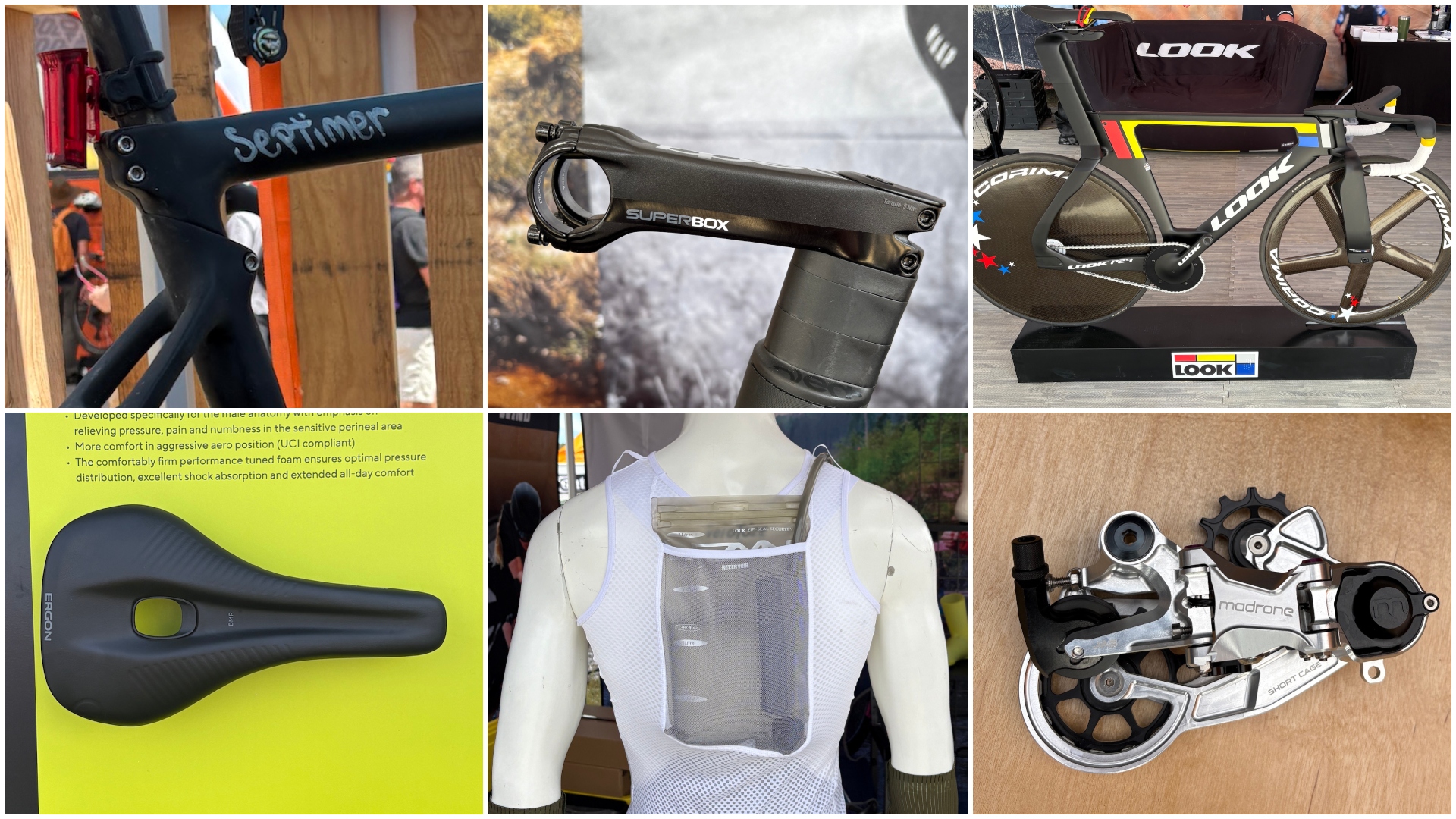 The Sea Otter Classic: sights and sounds from the biggest bike gathering in North America - Part 1
The Sea Otter Classic: sights and sounds from the biggest bike gathering in North America - Part 1Odds and ends that run the gamut, from a $13,000 frameset to armoured kit and new hydro-vests
By Tyler Boucher Published
-
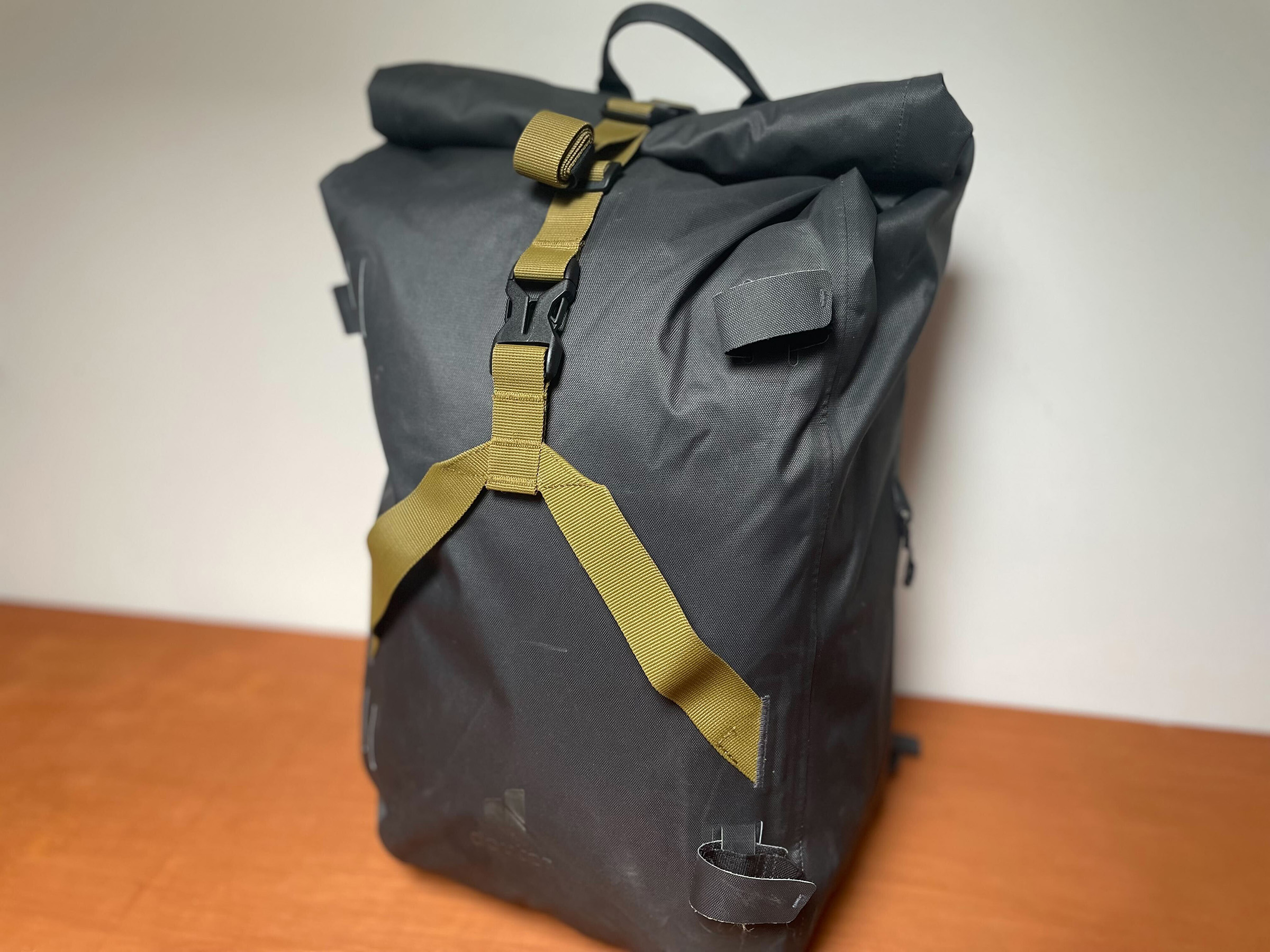 Deuter's 30ltr commuter backpack
Deuter's 30ltr commuter backpackA rolltop bag to fit a change of clothes and a sandwich. And keep them dry
By Simon Richardson Published